From my husband, Tom:
I field the emails that come from people submitting their quilts to the Fabric Collage Finish Line, an ongoing series of posts featuring the finished fabric collage quilts created by Susan’s students.
Nowadays, along with a description of the quilt, it is very common (just happened this week, in fact) for the submitter to include mention of the subject image’s copyright status. Without me even needing to request verification, they let me know that the image is copyright free, or that they took the photo themselves, or that they requested permission from the photographer, who granted it.
For example, the marabou stork of Susan’s quilt, “Kaloli Moondance” (detail above), was based on images taken by photographer Joel Davidson.
I like to think that the post below, and the follow up post, had something to do with raising the awareness of copyright among Susan’s followers, especially when images are now so easily found on the internet.
On another note, Susan will be visiting family in Germany for the next couple of weeks. This trip is a healing one for her as she revisits the places where her mom, who passed three months ago, grew up, lived, and eventually left to create a life here in the U.S. Susan is there with her sister, our son, and our niece.
This has put me in charge of the household, the pets—and the blog. This week I’ve picked out one of my favorite posts to revisit, an old one which you may or may not have seen—but many people have—concerning the knowledge they are showing towards the copyright of images used as subjects for their art quilts.
—Tom
Copyright and Copywrong: Finding an Image for Fabric Collage
We need to have a conversation. It might not always be a comfortable one, but I think it’s important.
Before each class I teach I send out a student letter that includes the following:
If you use someone else’s photo or artwork as a design source then you should get permission from that photographer or artist. This is always a good idea, but I consider it necessary if you plan to exhibit your work or even post it to the internet. For example, I don’t post photos of student work based on copyrighted material without permission from the copyright holder. I’ve found that most photographers or artists give their permission when they see how it’s planning on being used. Especially when you add that you’ll include their name and contact info in any showings or postings.
The concept of copyright and obtaining permission to use someone else’s work as a basis for a quilt ought to be familiar to any quilter who has entered a quilt show. Even in traditional shows, entry forms will ask what pattern the quilt is based on and who designed the pattern. Giving credit where it is due is not only the legal thing to do, it’s the nice thing.
For many of my students, copyright of their source material isn’t an issue because most often they own it. Usually they, a relative, or a friend took the photo or created the image on which they’re basing their quilt. Pictures of grandchildren, favorite pets, animals seen on vacation, childhood photos—these are fine to use, of course. Having a personal connection to the image is also helpful as it provides inspiration and motivation to complete the work.
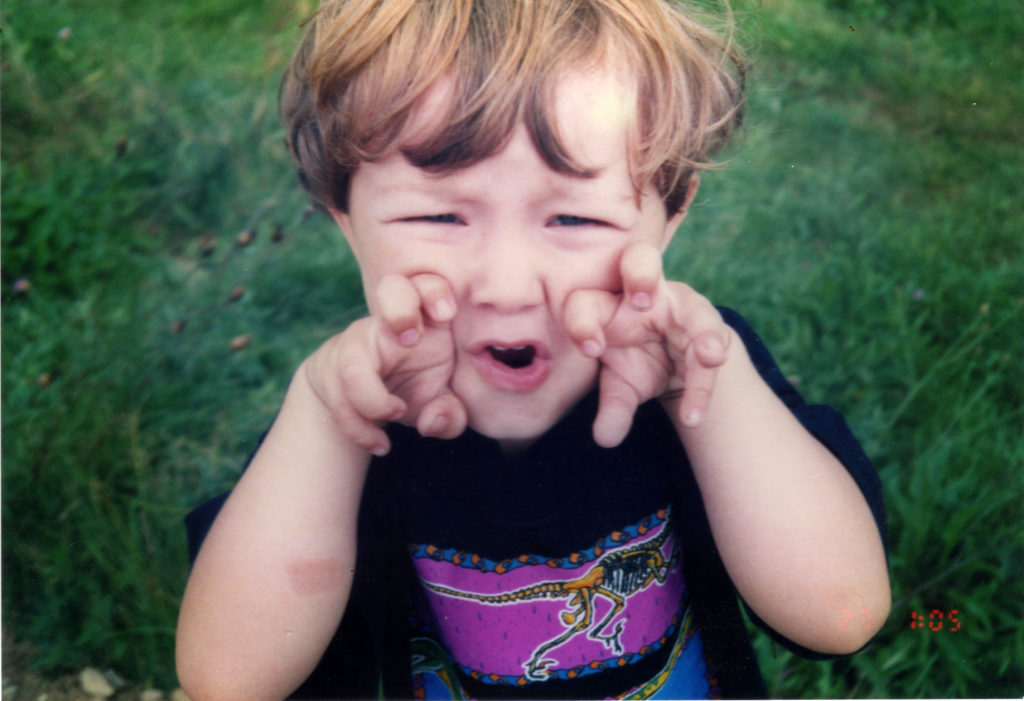

Potential trouble arises, typically, when students find an image online that they are attracted to. Maybe they have a favorite animal or person. Typing the animal’s or person’s name into Google will give them hundreds of thousands of images within a few milliseconds.
I think it’s this overwhelming flood of images found on the internet that makes it easy to overlook the fact that these images belong to somebody. Photos and other images don’t appear on their own, materializing out of the ether. Someone may have spent years learning their craft, days composing the image, hundreds or thousands of dollars on travel and equipment and supplies—you get the idea. To use their work without properly acknowledgment and/or compensation isn’t nice.
Rule of Thumb
I am not a copyright expert. I don’t claim to understand the deeper complexities of the law. I like to keep it simple.
For an image I really want to use, here’s my rule of thumb: If the image isn’t clearly copyright free, I don’t use it, unless I can find out who made the image, then I’ll ask them if I can use it. If they say no, I don’t use it.
However, when contacting an artist, there’s a good chance they’ll say yes. In my request, I tell them what I plan to do, how I plan to use the finished piece, and ask them how they’d like be credited should they agree. It’s really that simple. I have found that people are apt to act generously if given the opportunity to do so. For example, photographer Joel Davidson provided me with almost a dozen different shots of marabou storks for my quilt “Kaloli Moondance.”
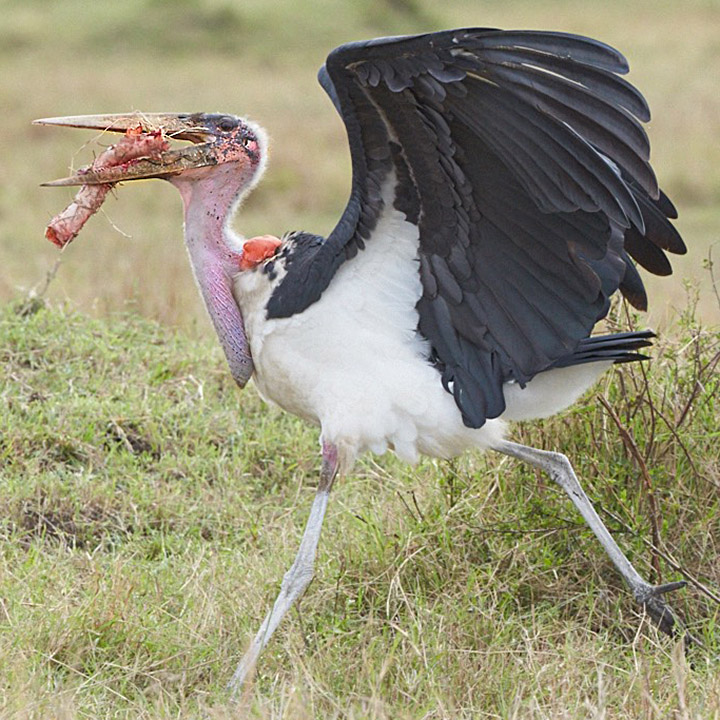
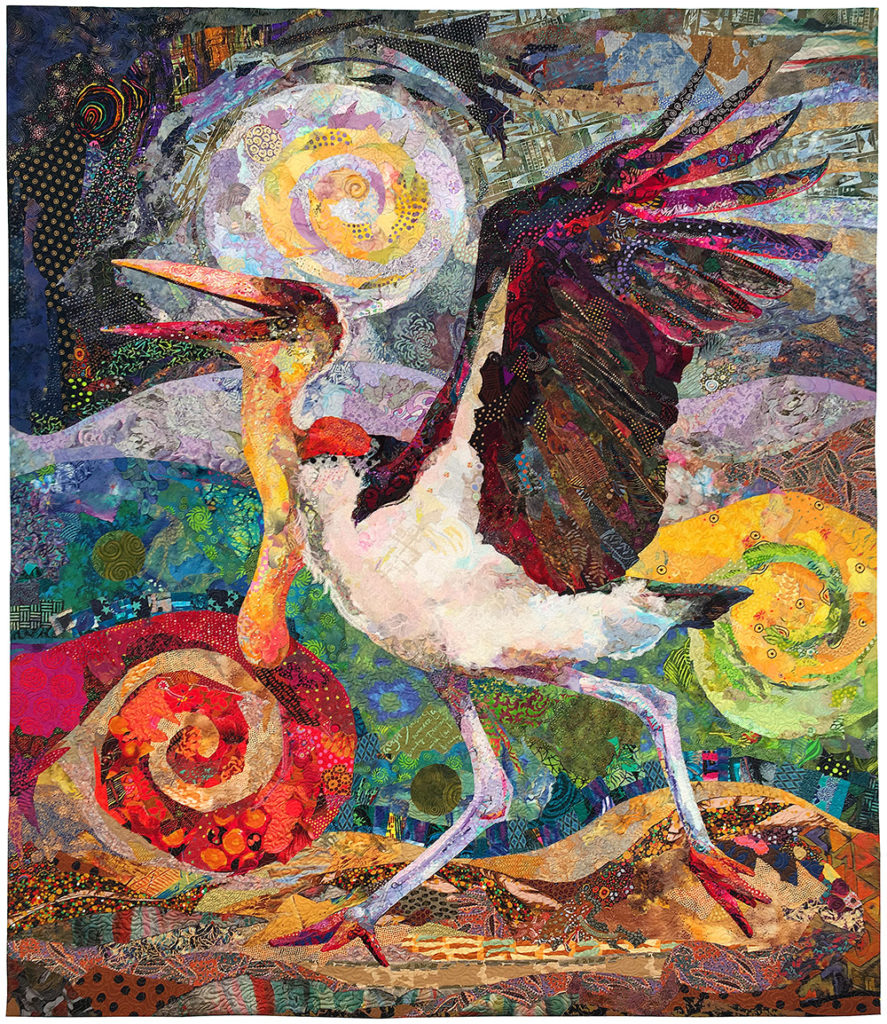
Personal Use
The note I send to my students is not intended to browbeat them, but simply make them aware of the issue. I think when we are tempted to use someone else’s work as source materials for a quilt, it’s easy to say, “Well, it’s only for my personal use. Where’s the harm in that?”
In this day and age, with cell phone cameras everywhere, can you really be sure that a picture of your quilt won’t wind up somewhere it shouldn’t? You know it’s based on someone else’s work, but if it wound up on the internet that attribution would be lost.
For example, it takes me only a few seconds on Google to find quilts—usually fish quilts—based on my patterns or even finished work without attribution. Typically they are just displaying the work they did based on my book or the patterns I sell, but sometimes the work is for sale, either for the profit of the maker or as a fundraiser. The people who post such work must know it was based on my pattern, but without attribution anyone viewing it or anyone who shares it again elsewhere does not know that it’s mine. This is how the internet became the wild west of copyright infringement in the first place. I presume these things are done innocently. I have better things to do than to chase down every improper use of my copyrighted work, but I will do my best to educate my students (and readers).
Fortunately, there are options besides using your own source images or those that are copyrighted.
Taming the Wild West
The internet—used with caution—can be a generous source of material. There are two basic forms:
- Copyright free or royalty free images.
- Stock photo images.
When searching the internet, adding “copyright free image” or “royalty free image” to your search is a good first step, however it doesn’t eliminate all copyrighted materials. You should also know that “copyright free” and “royalty free” are not synonymous. An image that is “copyright free” means there is no copyright on the image and is available for anyone to use. If an image is “royalty free” it may still be copyrighted, but may be available for use for free often with conditions, such as including attribution whenever your image is displayed.
To better explain the differences between these and stock photo images let’s use an example.
Say you want to do a quilt of a lion. You haven’t been on an African safari, so you don’t have images of your own. Instead, you turn to the internet.
You go to google.com in your browser and type “male African lion head” because you want to do a closeup. This is what the first page of about 9,000,000 results looks like.
You may be able to see that some of these images are clearly identified as copyrighted material by either a “watermark” with the website printed over the image or by a banner below the image. But many of them are unattributed. You would have to click on the image and visit the website where that image appears to figure out who, if anyone, owns the copyright. Who knows if the website where you find the image even owns the copyright? Maybe they used it without permission from someone else!
A general Google search isn’t the best way to go about it. Instead I like to use a website that features copyright free and royalty free images. There are many on the internet, but one of my favorites is commons.wikimedia.org. If you’ve heard of wikipedia.com this is a related site.
Let’s use exactly the same search: “male African lion head”.
You receive fewer results, and some that are unrelated (“African slave trade”?), but the cool thing about commons.wikimedia.org is that when you click on the image you get all the info you need about how you can use it. For example, when I click on the first image of the lion yawning, I see that I am free to use the image however I want. It is available in several size images (including a massive 4,896 x 3,264 pixel file). I know that the author of the image is named Yathin S. Krishnappa. And I know that he would like me to give him attribution should I choose to use it.
Here it is:
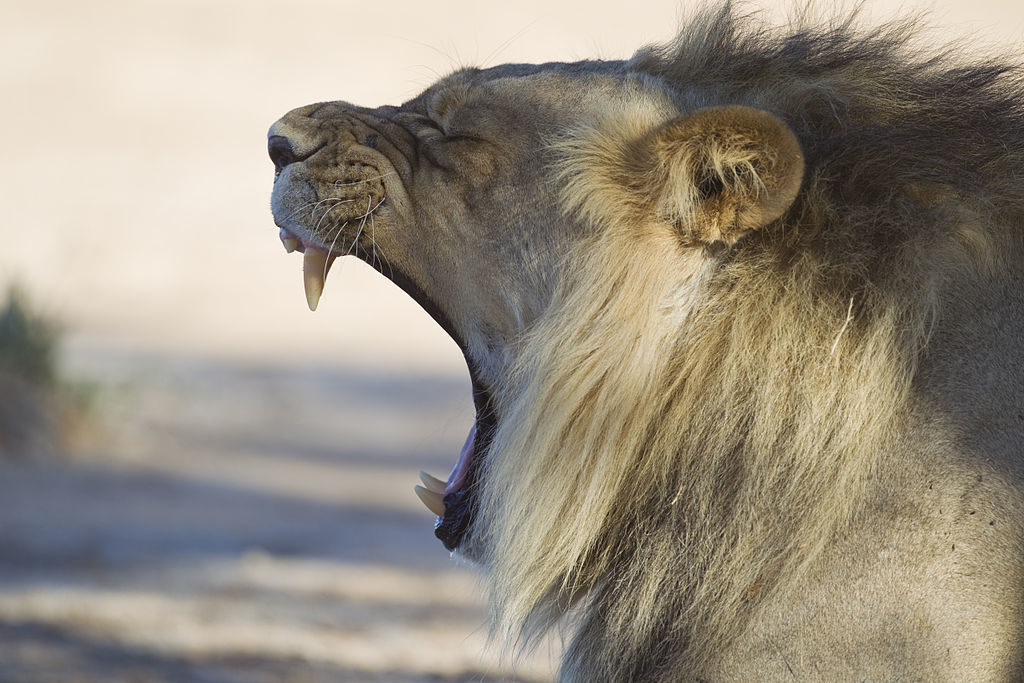
Not all images found here require attribution, but most do.
Other websites, usually associated with for-profit stock photo websites, often offer free use of images without requiring attribution, but they may require you to register by giving them some information such as your email. I don’t want to recommend any particular one over another, but search Google again for “copyright free images” and you’ll find some sites. Here are a couple of images I found that I can use either personally or commercially with no attribution required:
Because there are so many choices, you may be tempted to overlook pay stock photo websites. But if you want high quality and a large selection this may be an option for you, especially since the copyright is cut and dried. For example, shutterstock.com is one of the biggest stock photo companies on the internet. I could get an image from them to use however I want (with a few exceptions) for around $15. Not a huge investment.
Old School and Really Old School
Of course, you don’t have to use the internet. Back in the day, when Hector was a pup and Homer was in diapers, we had these things called books. Before the age of the internet, publishers, such as Dover Publications in particular, were the place to turn for copyright-free clip art to be used in design, advertising, and illustration. These were an invaluable resource for graphic designers and other artists. Dover continues to publish these books and often now includes pre-digitized, ready-to-use images available on CD-ROM.

Images like this lion are often black and white, which is either a drawback (if you want realistic colors) or an advantage (if you want to use non-realistic colors). (See “Tickled Pink” below for an example of a non-realistic color treatment of a black and white original.)
Many of these images are so old the copyright has expired (if they ever had one). Anything published before 1923 in the United States is in the “public domain.” When I was doing lots of smaller fish quilts, I used a book of antique, color fish prints as inspiration. I used them without worry of infringing copyright because of their age.
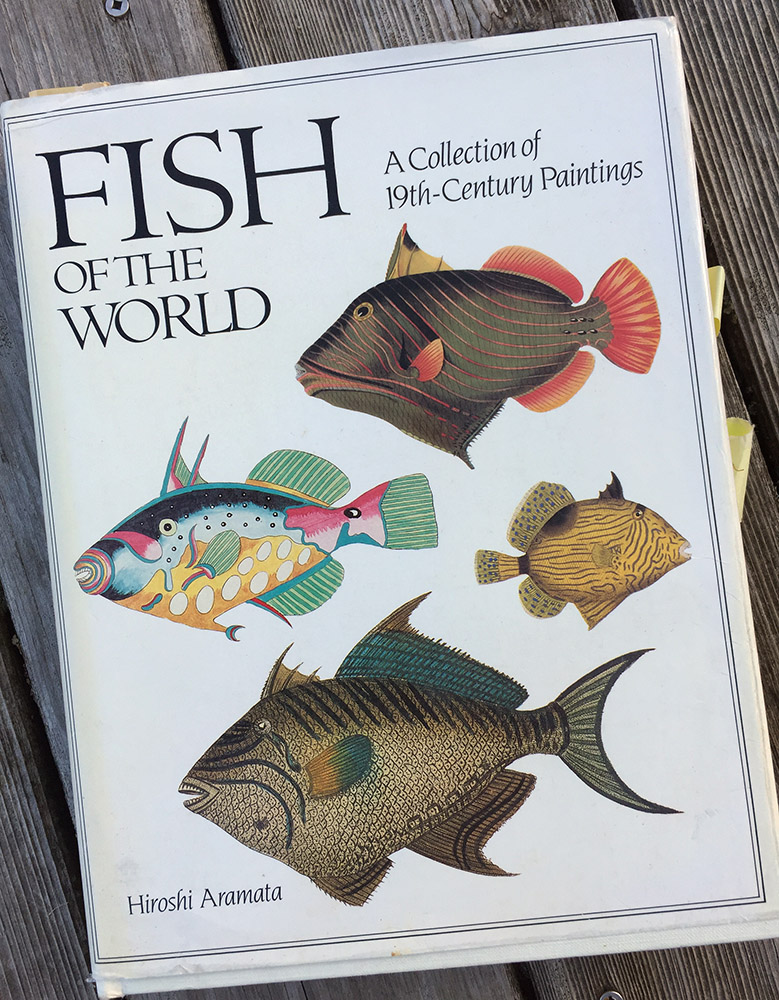
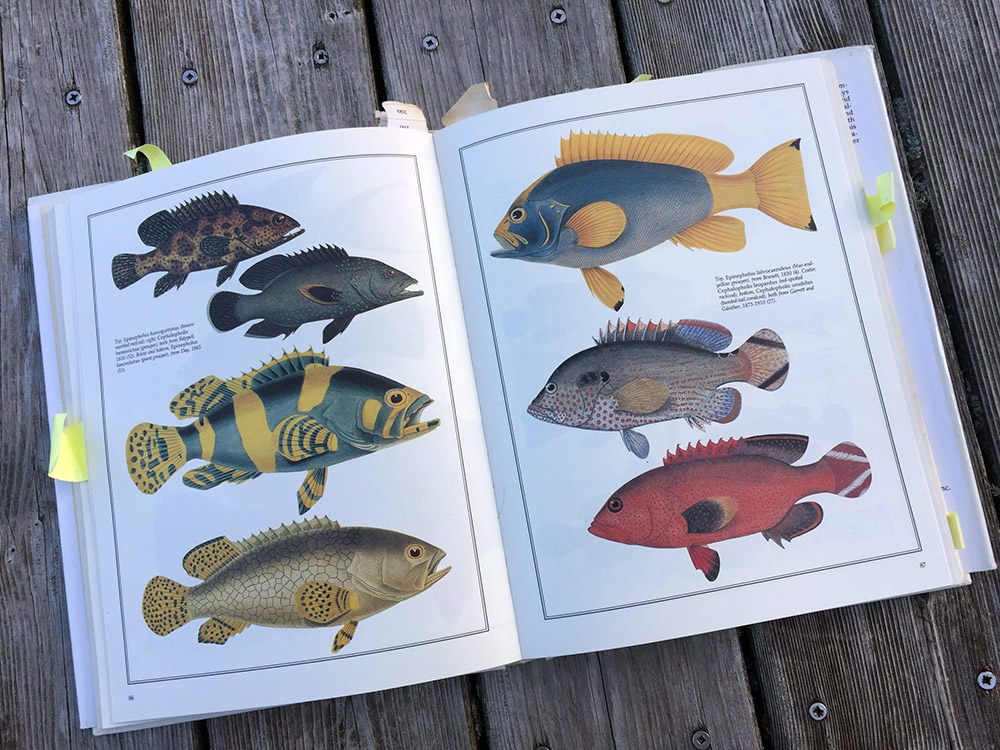

Another time I used a public domain image is in my quilt “Tickled Pink” which is based on German artist Albrecht Dürer’s famous woodcut “Rhinocerus” from the year 1515.

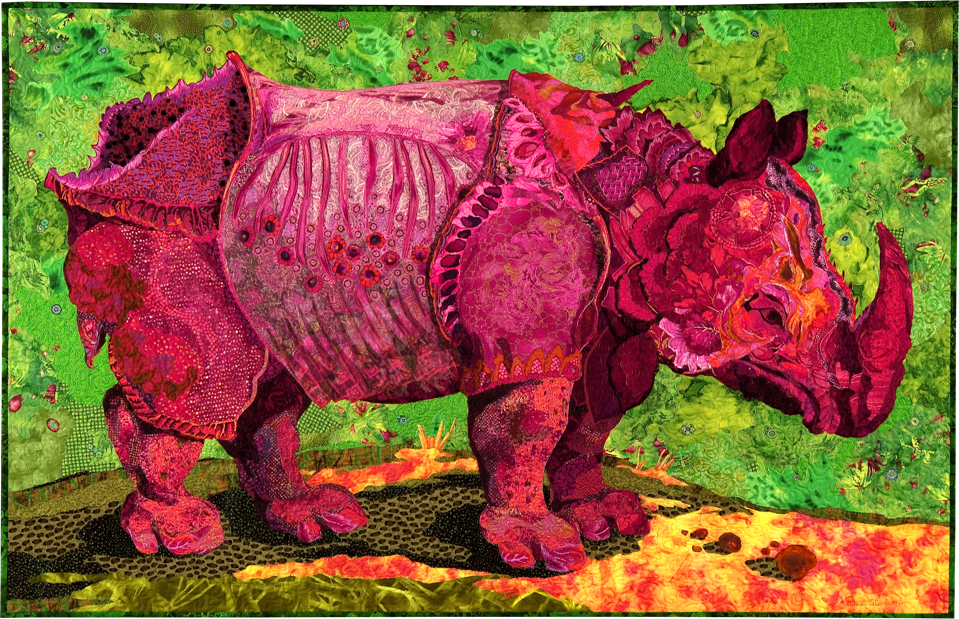
I had long been familiar with Albrecht Dürer’s “Rhinocerus,” and I noticed it was included in another Dover clip art book entitled, Gesner’s Curious and Fantastic Beasts. For a few years now, this slim book has been my go-to source for inspiration, leading to designs for at least three or four quilts. In gathering samples for this post, I turned to it again, looking for lion-inspired art this time. Hmmm, this could eliminate the question of, “is it time for another animal, or a portrait?” Why not both?
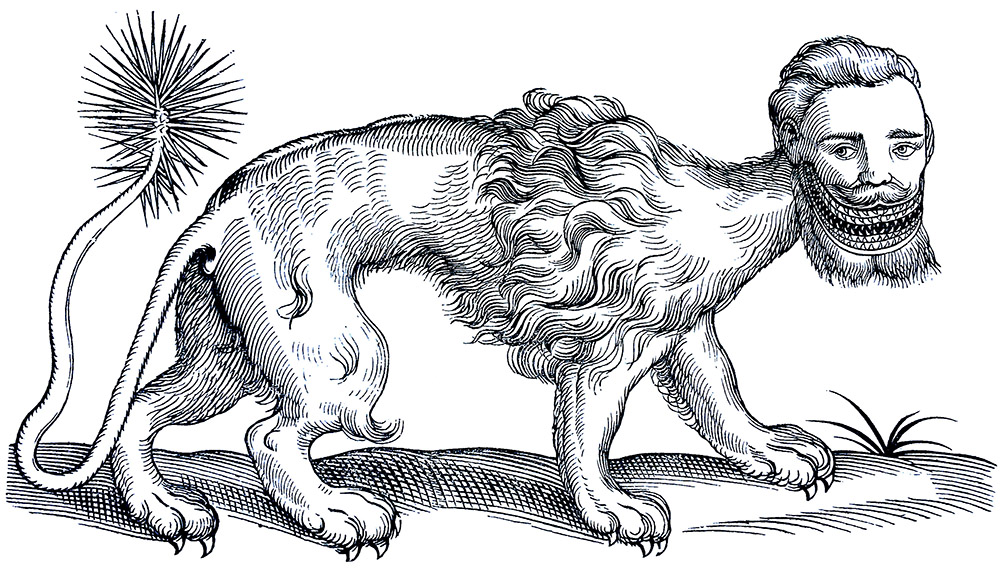
At the risk of being repetitive, I’m no expert on copyright law. You probably aren’t either. But we both know what’s nice and what’s not nice. The trick is, knowing when you might not be acting nice. We have to be aware that something is wrong before we can avoid doing it. So when you’re cruising the internet looking for your next fabric collage source material keep my rule of thumb in mind.
In the words of the immortal Sergeant Phil Esterhaus of “Hill Street Blues”: “Let’s be careful out there.”
Facial Features eWorkshop
Click here for more information.
- Eight videos (over 8 hours combined length) collected into one convenient and organized spot
- Each annotated with “Jump Points” allowing you to scan forward and backward to the information you need
- Facial Features Templates included as PDF’s to download and work along with
- Like the Fabric Collage Online Master Class, membership in this eWorkshop is for life
$99
BUY NOW
(With a special Summertime offer good between today and August 31st)
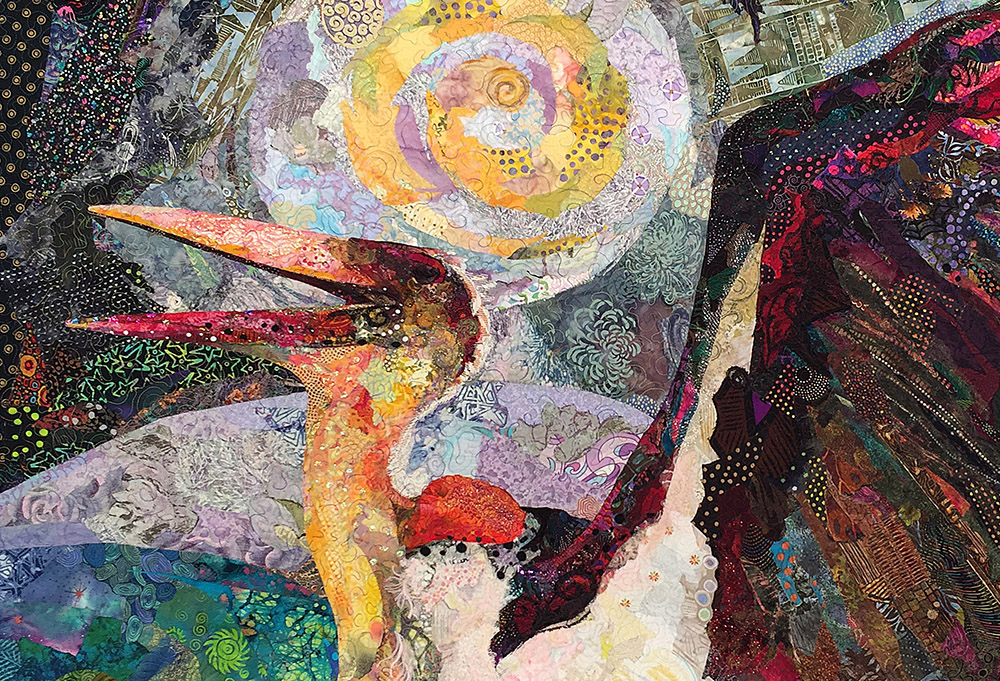
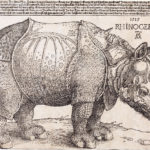
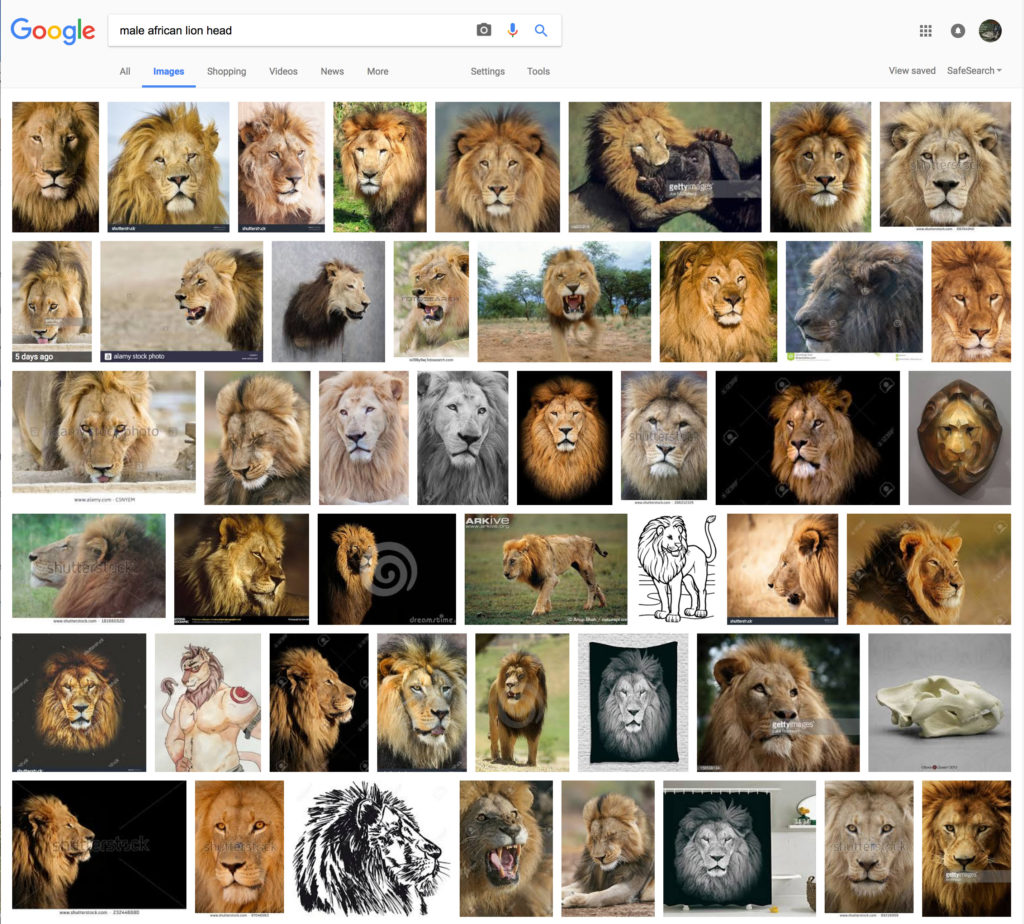
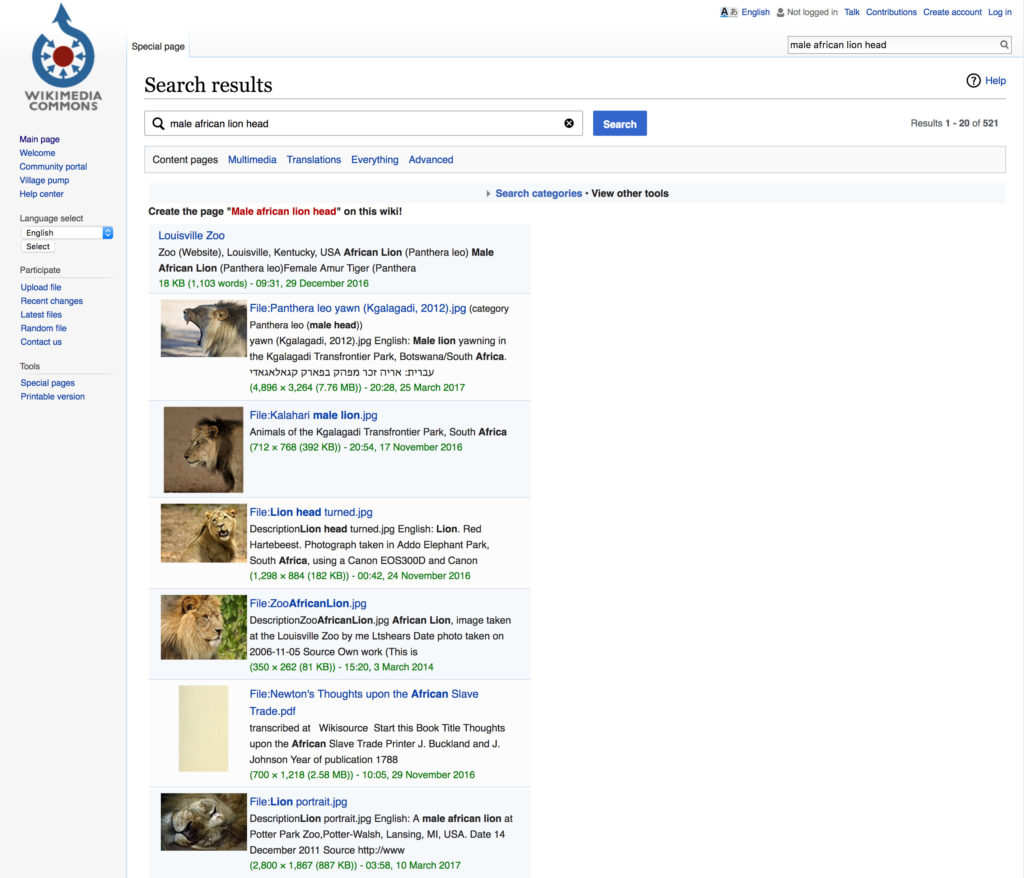

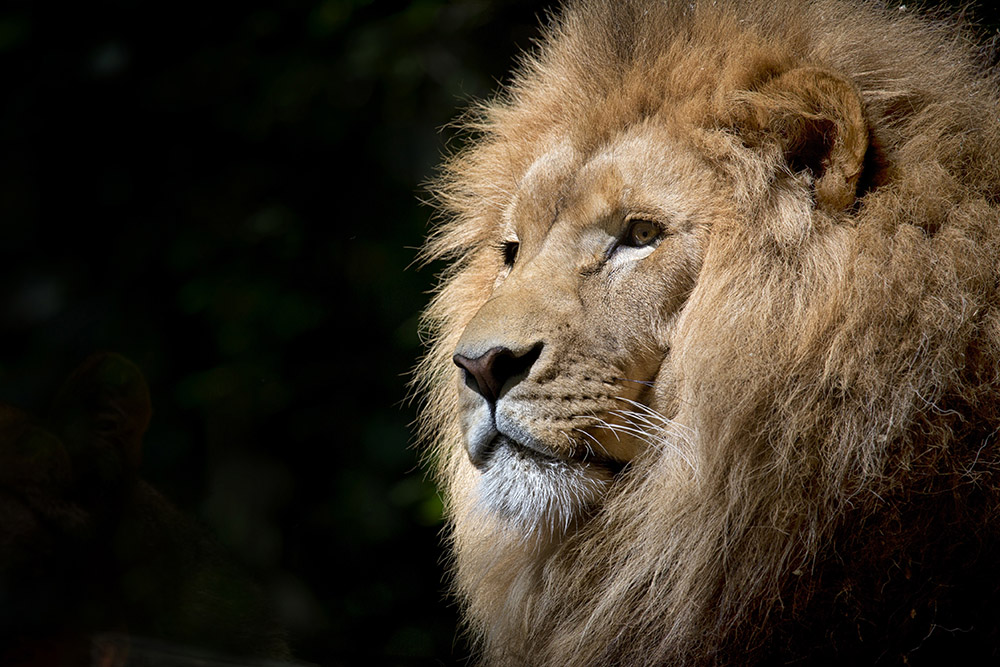





Thank you, Susan, for repeating this very important topic. I first learned about this in one of your workshops and it settled in the back of my mind. As a textile artist, I want to respect all other artists’ (of all mediums) work. And give credit where credit is due. It’s too easy to “fib” to ourselves, “that is won’t matter”, or that “no one will know or care”. But, as you’ve said, this is someone else’ work! And it DOES matter.
We need to take ownership of our actions and work, in our art.
Please keep posting this lesson over and over, as a gentle reminder to all of us. I read it every time, to remind myself, as well.
Great article and very helpful. Question, how did you copyright your own works?